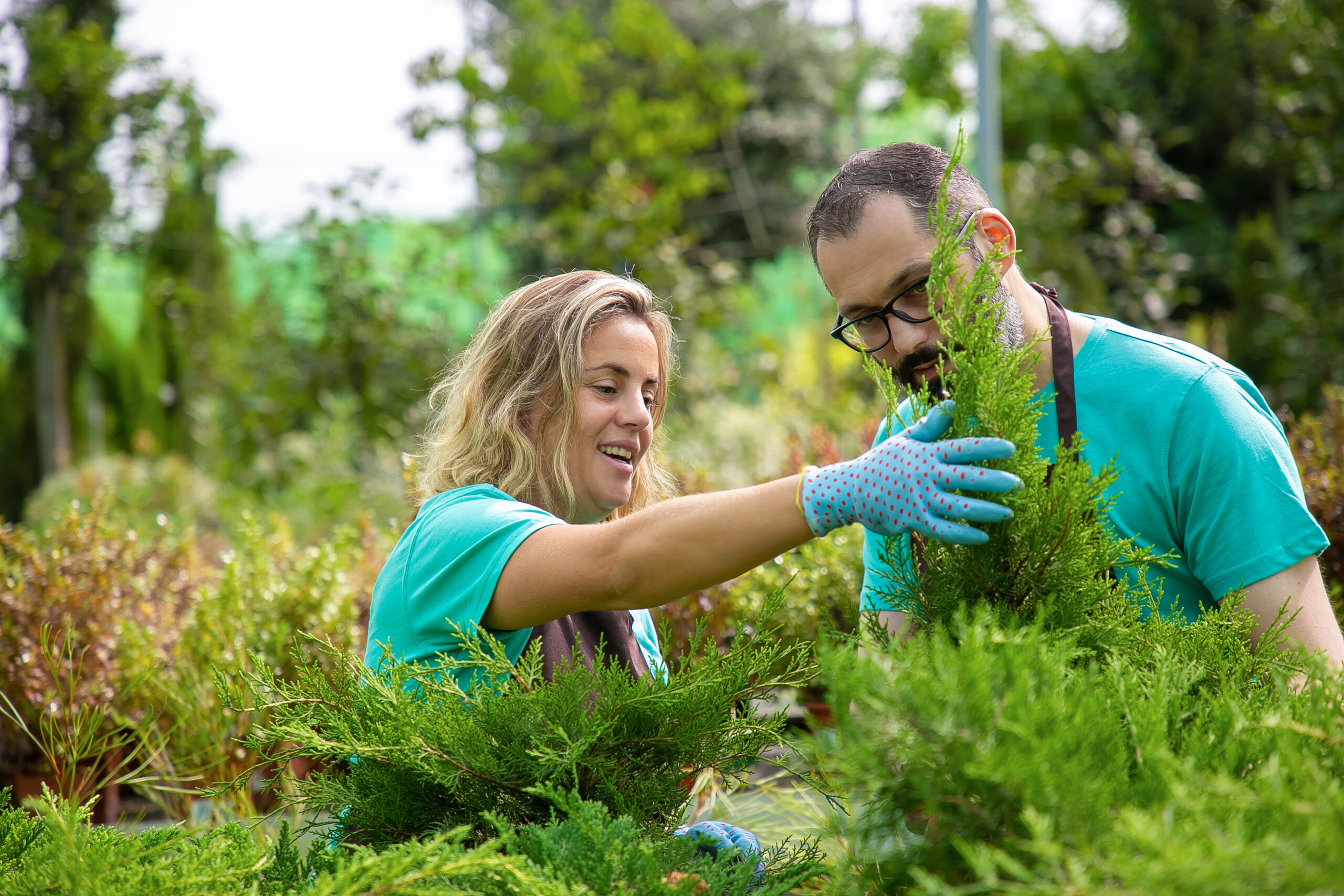In an era when environmental concerns are at the forefront of global discussions, creating an eco-friendly garden is not just a trend but a responsible choice. Eco-friendly gardens, also known as sustainable gardens, are designed to minimize their impact on the environment while providing a haven of beauty and tranquility. This article will guide you through the steps to create your own eco-friendly garden, complete with sustainable landscaping and gardening tips that will benefit both the environment and your well-being.
Also read: The Benefits of Composting: A Beginner’s Guide to Sustainable Waste Management
Plan and Design Your Eco-Friendly Garden
The first step in creating an eco-friendly garden is thoughtful planning and design. Start by considering the layout of your garden, the types of plants you want to grow, and any hardscape features like paths or seating areas. Here are some key principles to keep in mind:
- Native Plants: Use native plants as the foundation of your garden. Native species are adapted to the local climate and require fewer resources, such as water and fertilizer, to thrive.
- Biodiversity: Promote biodiversity by choosing a variety of plant species. A diverse garden supports local wildlife and reduces the risk of pests and diseases.
- Water Efficiency: Design your garden to be water-efficient by grouping plants with similar water needs together and incorporating mulch to retain moisture.
- Hardscaping: Use permeable materials for paths and patios to allow rainwater to infiltrate the soil rather than running off into storm drains.
Soil Health and Composting – Gardening Tips
Healthy soil is the foundation of a sustainable garden. Instead of relying on synthetic fertilizers and pesticides, focus on improving your soil’s health:
- Composting: Start a compost pile to recycle kitchen and garden waste into a nutrient-rich soil conditioner. Compost enriches the soil and reduces the need for chemical fertilizers.
- Organic Matter: Incorporate organic matter, such as compost or well-rotted manure, into your soil to enhance its fertility and structure.
Water Conservation – Gardening Tips
Conserving water is a critical aspect of an eco-friendly garden. Implement the following strategies to reduce water usage:
- Drip Irrigation: Use a drip irrigation system to deliver water directly to plant roots, minimizing wastage through evaporation and runoff.
- Rain Barrels: Collect rainwater from your roof in barrels and use it to water your garden. This free resource is ideal for plants.
- Mulching: Apply a layer of mulch around your plants to retain moisture and reduce the need for frequent watering.
Garden Maintenance Practices
Your gardening habits can significantly impact the environment. Adopt these eco-friendly practices:
- Natural Pest Control: Encourage natural predators like ladybugs and lacewings to keep pests in check. Avoid chemical pesticides that harm beneficial insects.
- Hand Weeding: Instead of herbicides, manually remove weeds to prevent soil and water contamination.
- Pruning: Prune plants as needed to promote healthy growth and prevent overcrowding.
Energy-Efficient Tools
Choose energy-efficient tools and equipment to reduce your carbon footprint:
- Electric Tools: Opt for electric or battery-powered garden tools, which produce fewer emissions than gas-powered ones.
- Solar Lighting: Illuminate your garden with solar-powered lights, reducing electricity consumption.
Create Wildlife-Friendly Spaces – Gardening Tips
A sustainable garden should be a welcoming habitat for local wildlife. Consider the following:
- Birdhouses and Feeders: Install birdhouses and feeders to attract and support bird populations.
- Pollinator Plants: Plant a variety of nectar-rich flowers to attract and feed pollinators like bees and butterflies.
Garden Education
Share your knowledge and passion for eco-friendly gardening with others. Consider hosting workshops, participating in community garden programs, or even starting a blog to inspire others to adopt sustainable gardening practices.
Conclusion
Creating an eco-friendly garden is not only a rewarding and beautiful endeavor but also a vital step toward a more sustainable future. By following these sustainable landscaping and gardening tips, you can reduce your environmental impact while enjoying a thriving, vibrant, and environmentally conscious garden. Your garden can be a sanctuary for both you and nature, proving that responsible stewardship of the environment begins right at your doorstep.



